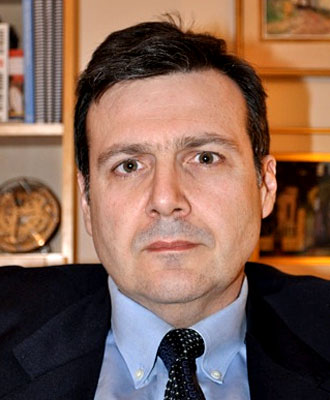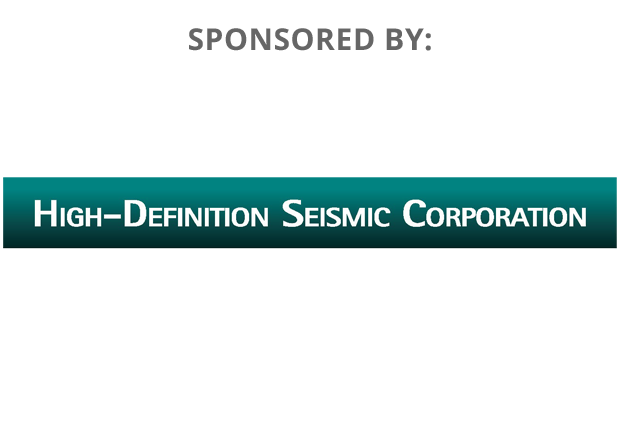Abstract
In recent years, the development of recommendation systems has become an important area of research for data scientists. A recommendation system (or recommender system) is an algorithm that attempts to predict the rating that a user or costumer will give to an item. Recommendation systems are becoming quite popular in the field of e-commerce for predicting ratings of movies, books, news, research articles etc. Research in the area of data analytics and recommendation systems has lead to important efforts toward solving the so-called matrix completion problem. The latter entails estimating the missing elements of a matrix containing customer ratings. The aforementioned problem can be extended to the recovery of the missing elements of a multilinear array or tensor. Prestack seismic data in midpoint-offset domain can be represented by a 5th order tensor. Therefore, tensor completion methods can be applied to the recovery of unrecorded traces. Furthermore, tensor completion methodologies can also be applied to multidimensional signal-to-noise-ratio enhancement, simultaneous source separation, interpretative attribute analysis etc. In this presentation, I will review matrix and tensor completion methods and discuss their implementation to reconstruct, process and enhance seismic volumes. I will also discuss the successful application of tensor completion techniques to the reconstruction of industrial data sets.
Biography
Mauricio D. Sacchi received a diploma in geophysics from The National University of La Plata, Argentina, in 1988 and a PhD in geophysics from UBC, Canada, in 1996. He joined the Department of Physics at the University of Alberta (Edmonton, Canada) in 1997. He was promoted to full professor in 2006 and become chairman of the Department of Physics in 2010. His research interests are in the area of signal analysis and imaging methods. He directs the Signal Analysis and Imaging Group, an industry-sponsored initiative for advanced research in signal processing and imaging. He has developed and taught short courses for the industry and for SEG, CSEG, and EAGE in the area of seismic signal theory, transform methods for signal enhancement, seismic inversion, and multidimensional data reconstruction. In collaboration with students, he introduced 5D reconstruction methods, sparse signal representation theory and tensor reconstruction methods to the seismic processing community. With Tad Ulrych he wrote the book Information-based processing and inversion with applications (Elsevier). He is the recipient of the 2012 CSEG Medal, the highest award that the Canadian Society of Exploration Geophysicists bestows. He was also SEG’s 2014 Honorary Lecturer for Latin America. He is also the Editor of the journal Geophysics for 2015-2017.






